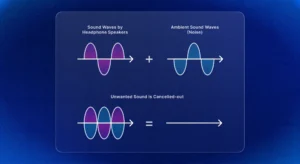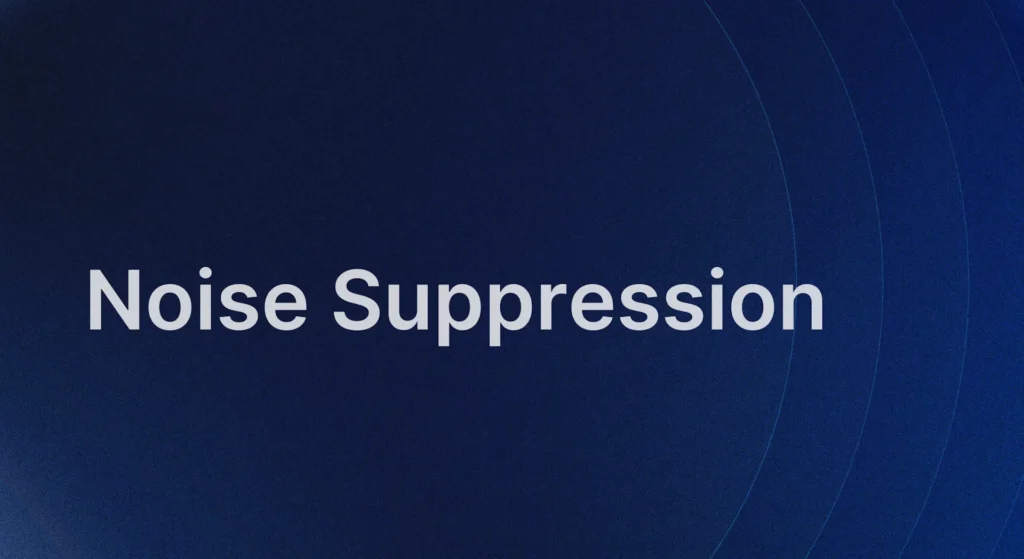Noise suppression is a process in audio engineering that reduces or eliminates unwanted background noise from a recording, enhancing the clarity of the primary sound, like speech or music. This technique is vital in environments with significant ambient noise, as it selectively removes noise components, improving the overall audio quality. Stay Tunes with Pedrammusic!
Historical Development
NS has evolved significantly since its inception in the 1930s and 1940s, where it started with analog filters aimed at reducing line noise in telephone communications. The introduction of Digital Signal Processing (DSP) in the 1960s allowed for more sophisticated noise reduction methods, analyzing audio signals in real time. By the 1980s and 1990s, as digital technology advanced, NS techniques became more refined and widely integrated into consumer electronics. Today, modern noise suppression leverages machine learning, enabling more adaptive and effective noise reduction across various environments.
How Noise Suppression Works

Noise suppression involves several key stages: signal analysis, noise identification, noise reduction, signal reconstruction, and continuous adaptation. The process begins with breaking down the audio into its frequency components to differentiate between noise and the desired signal. Advanced algorithms then identify and model the noise, applying reduction techniques that can range from simple filtering to more complex adaptive filtering. The audio is then reconstructed to minimize any distortions caused by the suppression process, ensuring the final output remains clear and natural.
Noise Suppression Techniques
Different noise suppression techniques cater to various noise environments. Basic methods include band-pass filters that remove frequencies outside human speech, while advanced methods like adaptive filtering adjust in real-time to changes in the noise environment. Beamforming, used in multi-microphone setups, focuses on capturing the desired audio while minimizing ambient noise. Continuous adaptation is crucial, especially in dynamic environments like moving vehicles, ensuring that noise suppression remains effective as conditions change.
Modern Applications and Advancements

With advancements in machine learning and data processing, modern noise suppression systems can now handle a wide array of noise types, making them essential in telecommunications, automotive audio systems, and virtual assistants. These systems continuously improve their noise identification and reduction capabilities, making them more effective in real-world applications.
FAQs: Noise Suppression vs. Noise Cancellation
Noise suppression reduces unwanted background noise in an audio signal, typically used in communication systems, whereas noise cancellation actively counteracts external noise by generating an opposite sound wave, commonly used in headphones. While noise suppression is not harmful to hearing, noise-canceling headphones may not block all sounds, particularly high-frequency noises like voices, which is why some sounds may still be audible.
In conclusion, noise suppression is a vital tool in modern audio processing, significantly improving the clarity and quality of recordings in various environments. Read more on: 100ms





